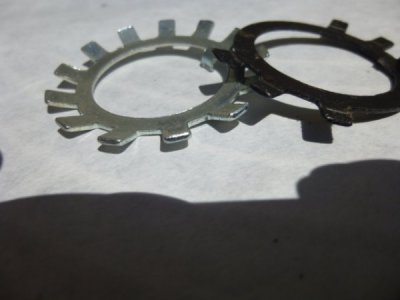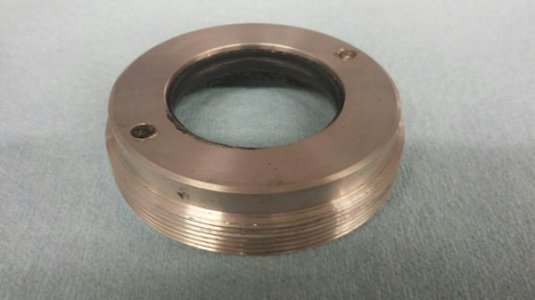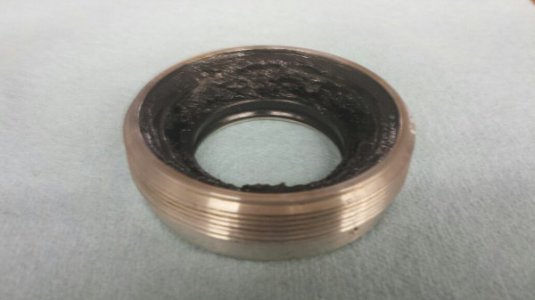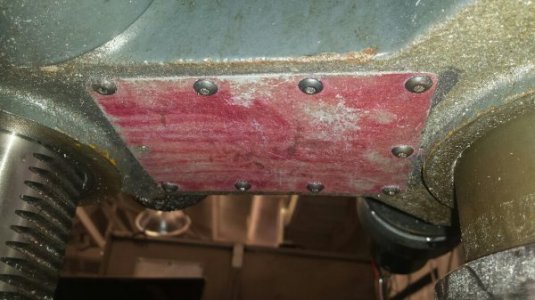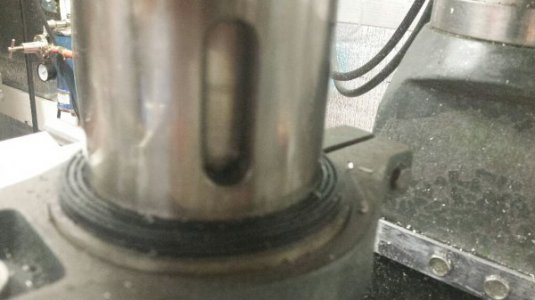- Joined
- Dec 20, 2012
- Messages
- 9,422
On my RF-31 clone I made a thin wall sleeve that I pressed into the quill to block off the slots. I also made a seal carrier that replaces the lower bearing cap and a plate to block off the opening in the head casting. All three mods work great at keeping swarf and coolant out of the lower bearing. If you want to see pictures let me know and I'll post some.
Tom S.
Thanks, Tom. Yes, I would very much like to see what you've done. As simple as these machines are, there isn't a whole lot of info on this site about them. I'm thinking that the more we share and innovate the better off we, and all those that follow, will be.
I meant to credit Canuck75. He has shared what he's done and I hope to follow that example.
Last edited:


